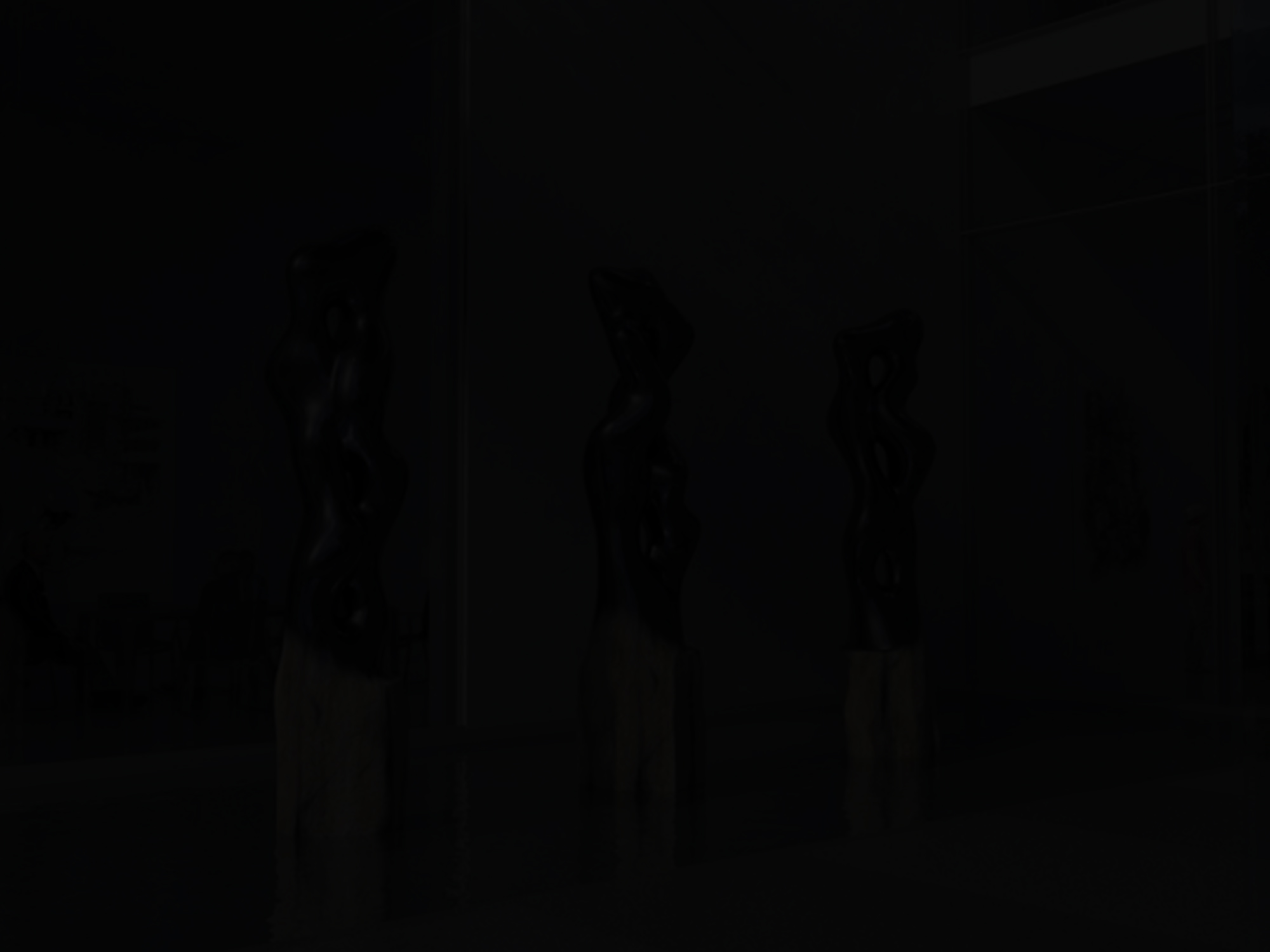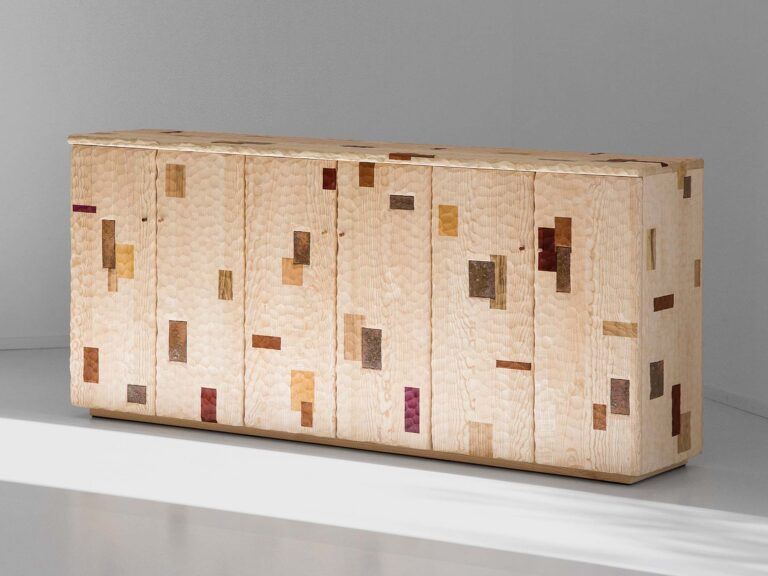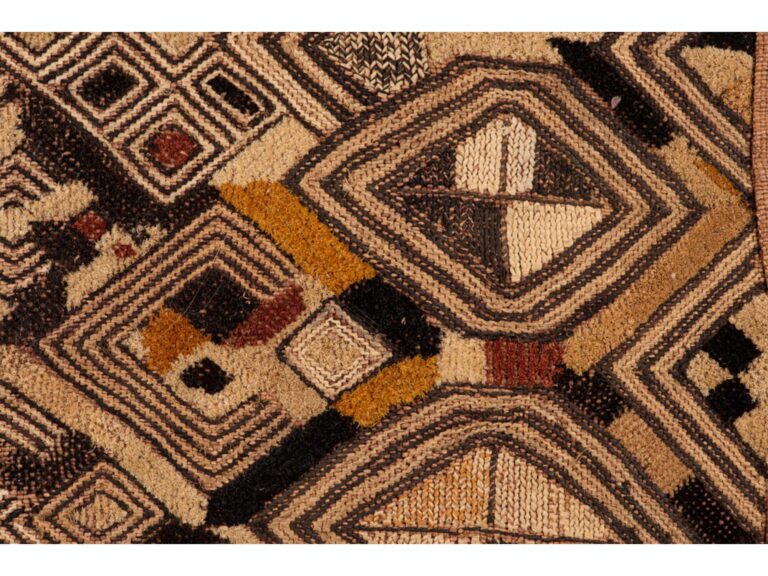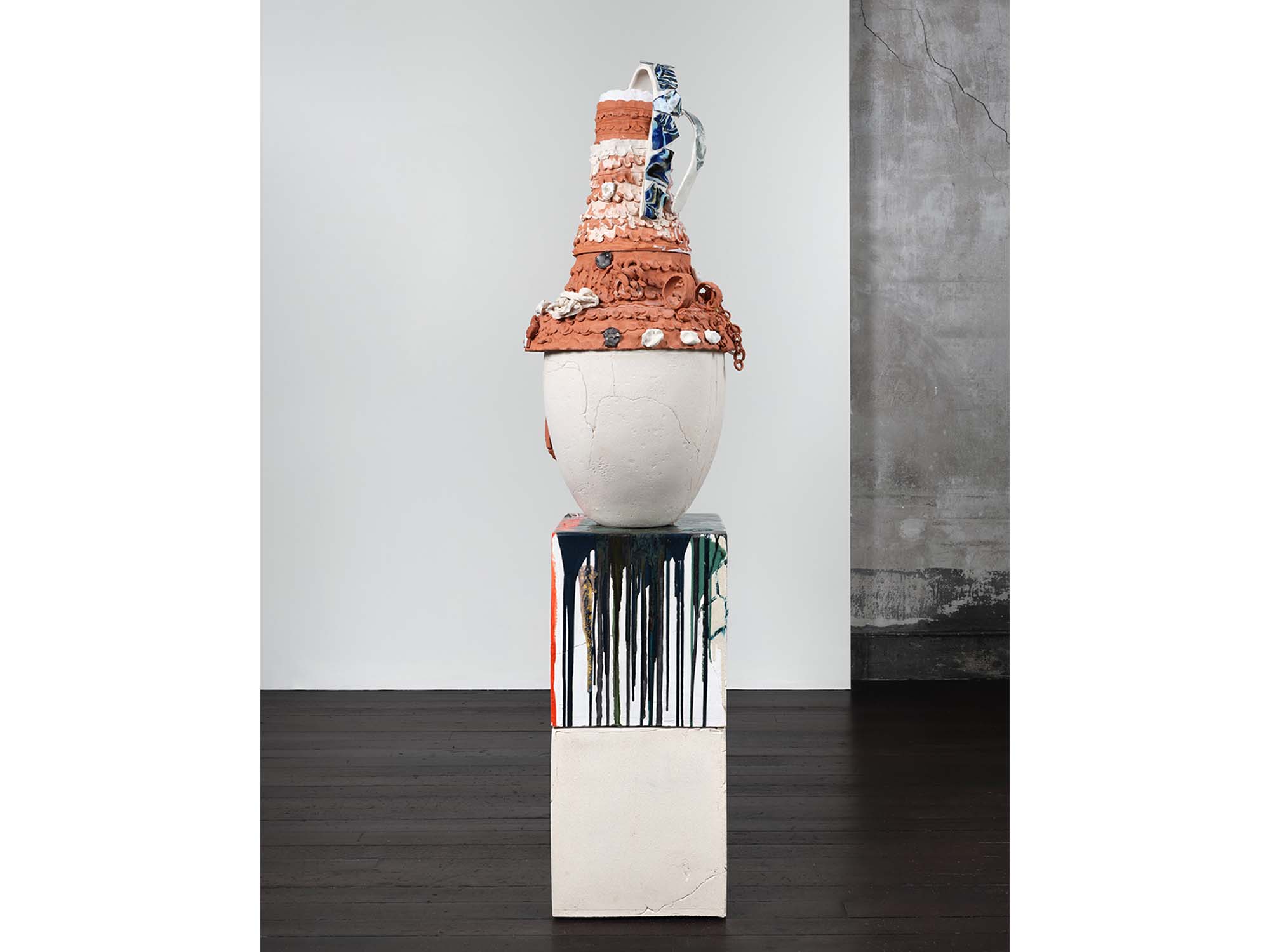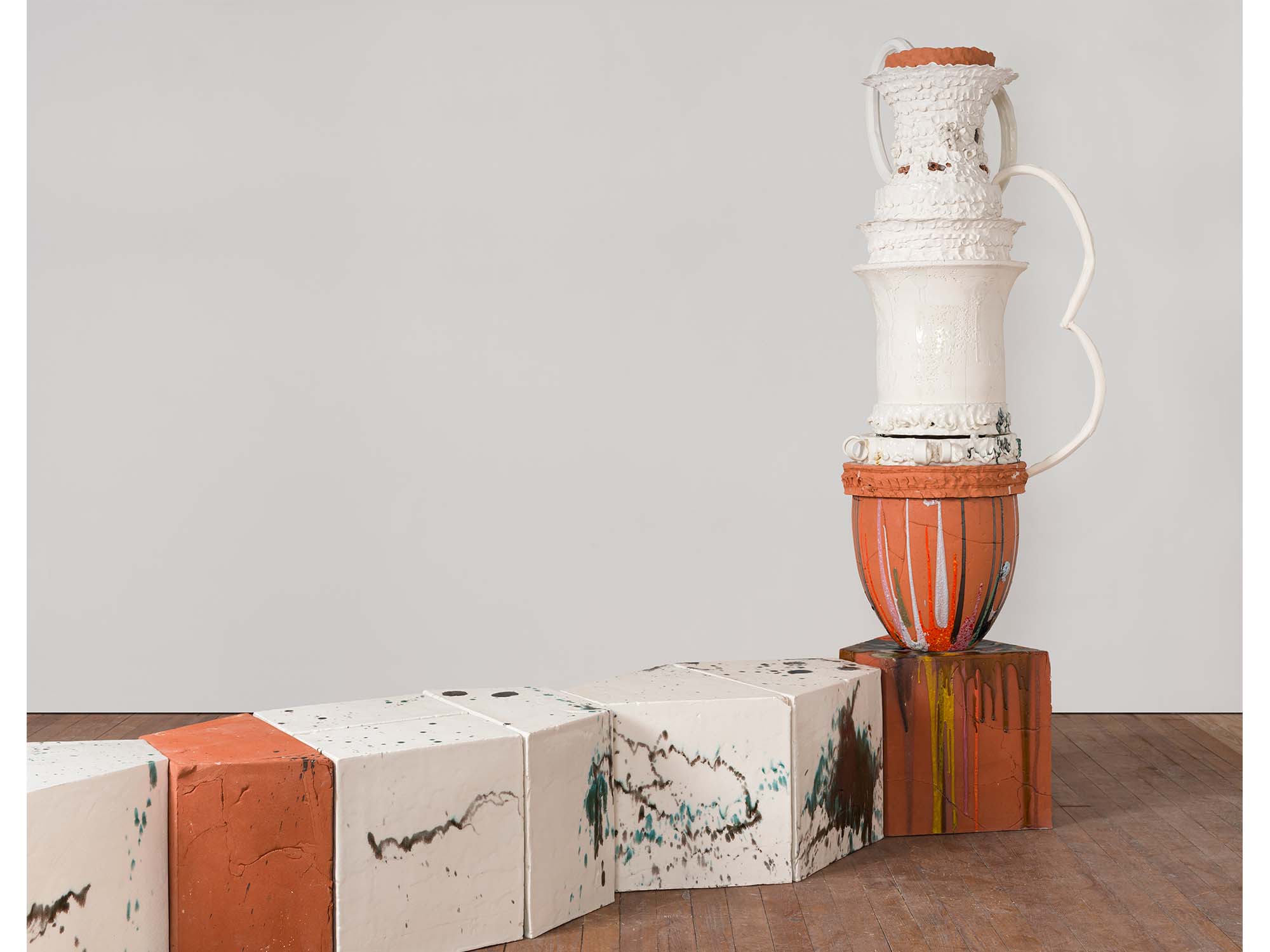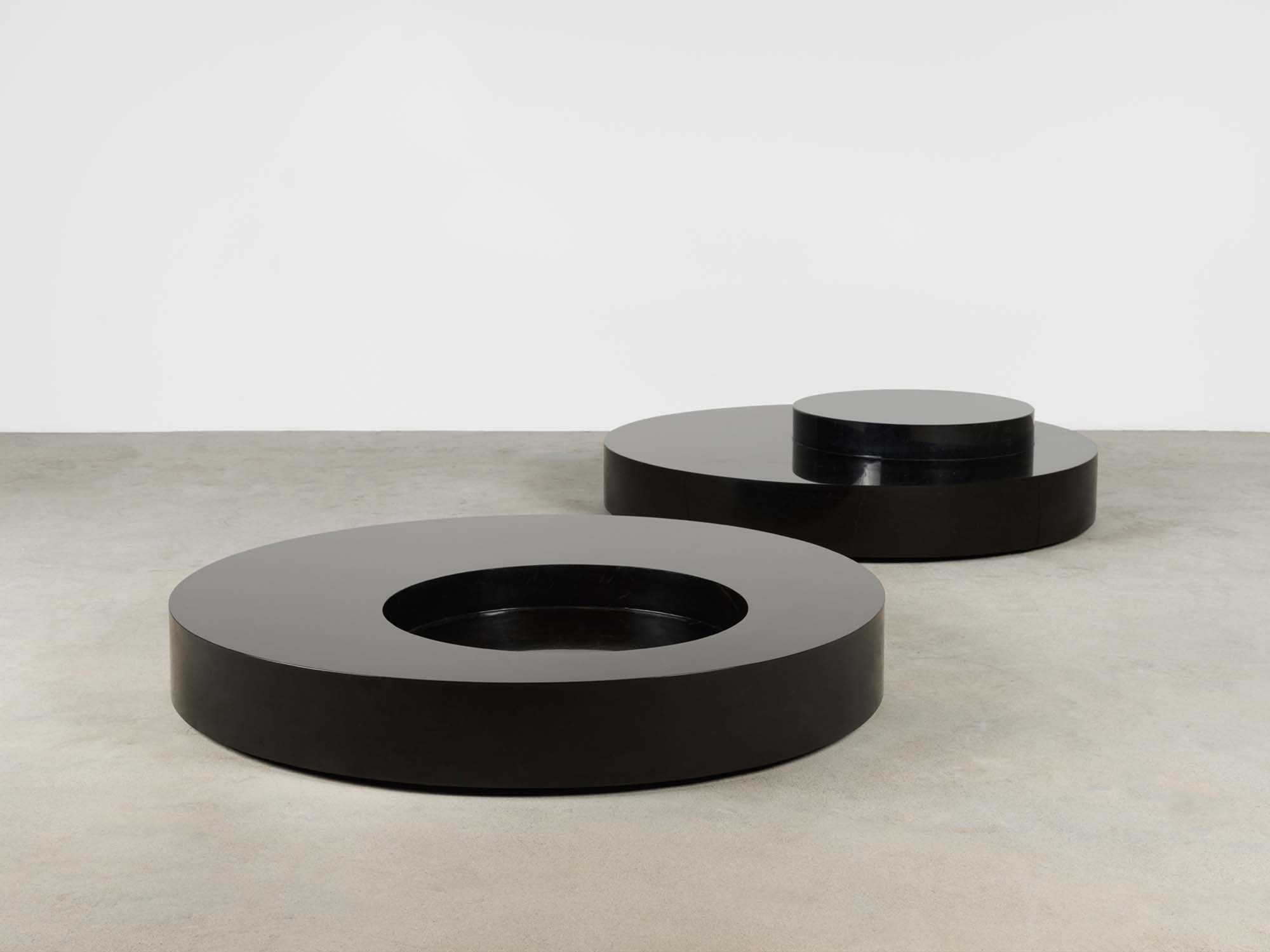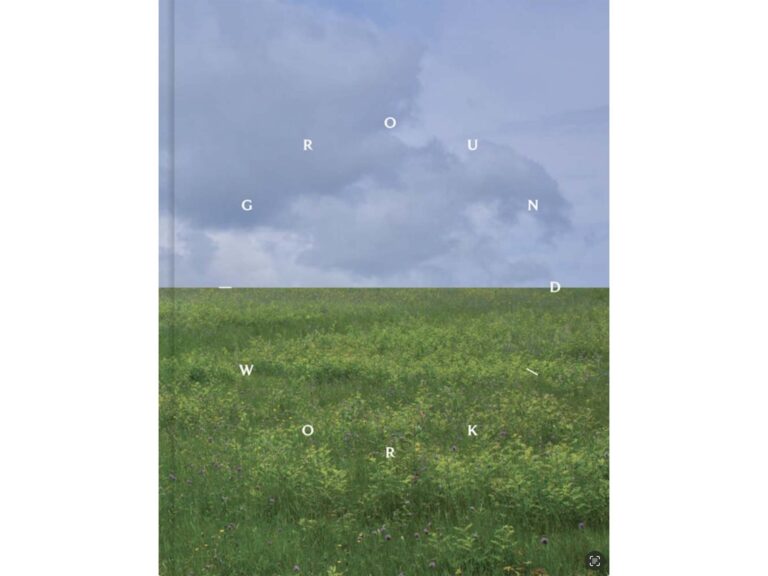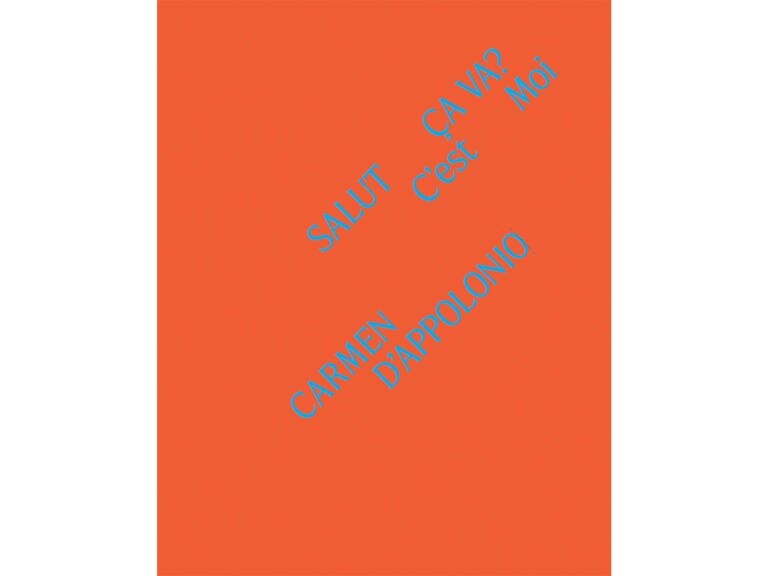I know that some of you have been waiting for this to be posted online. My initial impulse was to apologize for the delay, but I’m not sorry. It is neither my nor any other black persons responsibility to educate about the ills and the lasting effects of racism. Our scholars have spoken about it, our art is largely a testament to it, and the online resources are plenty. For many of us the trauma of police violence is a not so distant memory. It is not abstract. It has to be constantly controlled and managed in order to function. This process is so ingrained that many of us forget that we are even doing it until that trauma resurfaces. This can happen in the form of an unexpected video online documenting yet another black death at the hands of white supremacy, or when we see the ignorant dismissal of our humanity in online commentary and social media, or even simply when trying to explain our feelings during these times to a well meaning friend. At moments in this interview, I was thrust back to some of these moments and memories. It was not easy. I go through this every time we have another highly publicized case of brutality and murder at the hands of racists and those who swore to protect. It has been nearly 2 weeks since we recorded and I still have not been able to watch this.
I am not a scholar on the topic of race. We have those, please look them up. I do not represent the views of my entire race. I do not even represent the views of other black designers. One of the greatest ills of tokenism is the way it focuses on a single black viewpoint to represent the views of an entire community and allows the majority group to believe that they have some broad understanding of black perspectives. The following interview contains my thoughts and perspective alone, and will hopefully serve to inspire you to seek out more black perspectives to inform your worldview. I do not represent all. We are not a monolith and I am not your source for information.
Watching this and feeling sympathy does not absolve you from your personal responsibility to end white supremacy for the betterment of all humanity. Much like the concept of inclusion, sympathy implies an otherness which allows for the demeaning idea that my plight is somehow not yours as well. On the other hand, empathy asks that you feel my pain and my joys as your own. Throughout the canon of black expression we see example upon example of great artists in all mediums creating pathways toward empathy by laying bare the pain and angst of living in an oppressive society. So many that it becomes hard for me to fathom how there are still so many who enjoy the fruits of our suffering without being motivated to act with us to end it. This interview and my work are yet another attempt to open the doorway to empathy for the sake of us all. I almost did not allow this interview to be shared. After taking time to think and consult with my elders and friends, I came to the conclusion that my own discomfort would be a price that I am willing to pay with the hope of inspiring as many people as I can to walk through that door. This has always been my mission. For some this interview may serve as a source of information, for others it may serve as a source of affirmation. Either way I hope that viewers leave inspired to actively change the world around us.
àṣẹ
Watch the conversation here:
Inaugurated in April 2020 in response to the pandemic lockdown, Design in Dialogue began as a way simply to keep the conversation going, and offer a meeting place for the design community.
Over time, the series has become an opportunity to expand the dialogue in unprecedented ways, exploring the breadth and diversity of design. Guests are able to speak safely and freely, in a conversational format offering audiences access to the full dimension of their practices.
We have recorded dialogues with over a hundred designers, makers, artists, architects, critics, historians, writers and curators, and heard them discuss their work and ideas in-depth, direct and unfiltered. To date, the series has been viewed over 700,000 times through our two channels (YouTube and Vimeo) and our distribution partners Dezeen and Designboom.
The world is shifting gears again now, as online connection gives way once more to in-person events. With this in mind, we have decided to transition from our regular weekly broadcast. Design in Dialogue will still continue in the fall of 2021 and beyond, with occasional new interviews. The archive will remain freely viewable in perpetuity, serving as a vital primary source of this moment.
